Many people prioritize the sparkle of a diamond when making their selection. While this is a valid consideration, it’s important to note that a diamond’s light performance encompasses more than just its sparkle. One crucial aspect to consider is scintillation.
So, what exactly is diamond scintillation?
Diamond scintillation refers to the flashes of light that occur as you move the diamond, emanating from different facets and converging at the center of the gem.
However, there are other factors that can affect a diamond’s overall light performance. This article will delve into these factors and provide answers to questions you may have about how light interacts with diamonds.
Are you curious to learn more about the intricate nature of a diamond’s light performance? If so, let’s delve deeper into the fascinating world of diamonds and their interaction with light.
DESIGN YOUR OWN ENGAGEMENT RING: START WITH A SETTING OR START WITH A DIAMOND. IT’S REALLY UP TO YOU!
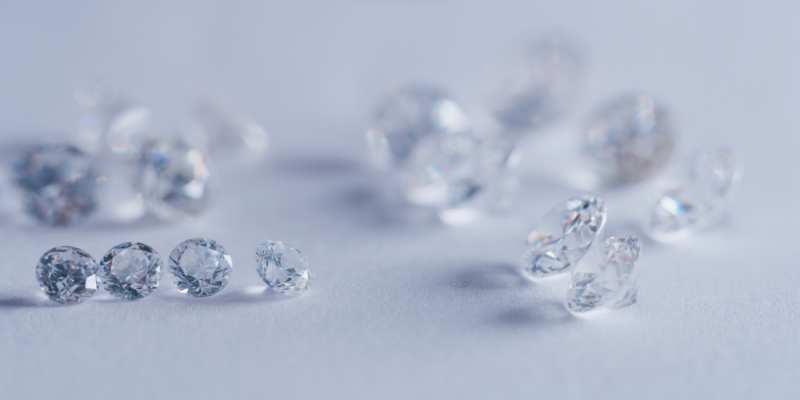
What Is Diamond Brilliance?
The beauty of a diamond is largely determined by its brilliance, which refers to the white light that radiates from the stone. Brilliance is composed of two main elements: contrast and brightness.
Brightness refers to how well a diamond reflects light back to the viewer’s eyes. Diamonds with shallow or deep cuts tend to have less brightness because light enters the diamond but escapes through the sides.
However, brightness alone is not sufficient for a diamond to be truly brilliant. It also requires a good amount of light contrast.
To understand this, consider a plain white sheet of paper compared to a chessboard. Despite the fact that the chessboard reflects only half the amount of light as the paper, it appears more vibrant due to the contrast created by the alternating colors.
In summary, for a diamond to exhibit true brilliance, it needs both brightness and contrast, working together to create a captivating display of light.
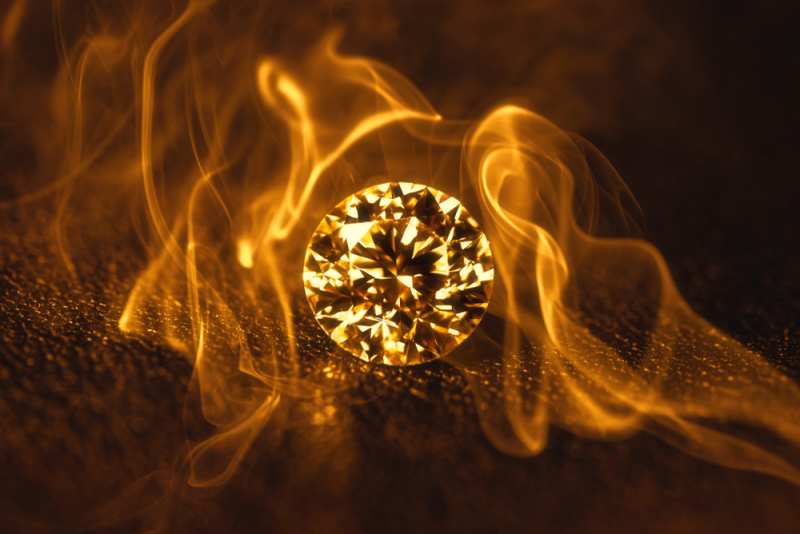
What Is Diamond Fire?
Diamond fire, also known as dispersion, refers to the vibrant colored flashes that can be observed when a diamond is exposed to light.
The amount of fire exhibited by a diamond can be influenced by its table size and crown angles. Diamonds with smaller table sizes and steeper crown angles tend to display more fire. This is because the combination of these factors reduces the amount of light that is reflected back, allowing the colorful flashes of light to be more noticeable. In other words, when there is less light return, the fire becomes more prominent, shining through the diamond’s overall brilliance.
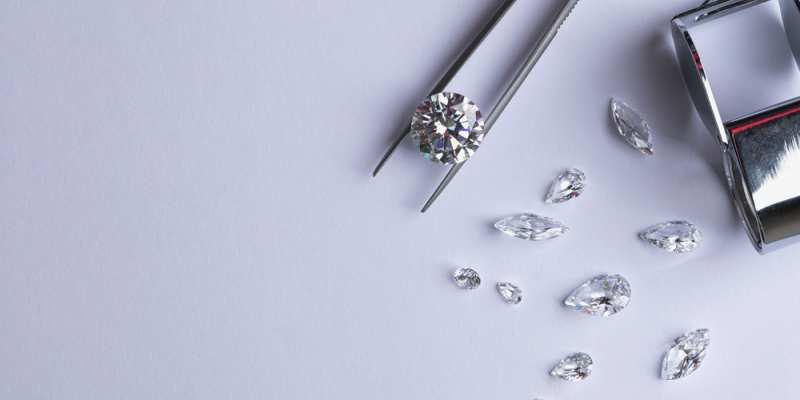
How Diamond Cut Impacts Brilliance, Fire And Scintialtion
The brilliance, fire, and scintillation of a diamond heavily rely on its cut quality.
The facets on a diamond’s surface play a crucial role when light interacts with the stone. The way light travels and reflects within the diamond is determined by the cut quality.
When a diamond is cut with ideal proportions, it maximizes its brilliance, fire, and scintillation. However, as the cut deviates further from these ideal proportions, the gem’s ability to showcase these qualities diminishes.
For example, if a diamond is cut too shallow or too deep, light will escape from the bottom of the stone instead of being reflected back to the viewer’s eyes. Consequently, the diamond will appear less lively and may even appear dull.
Diamond cutters carefully examine rough diamonds to determine the optimal cut and shape that will enhance its size and natural characteristics. Regardless of the shape, a “triple X” diamond, which stands for “Triple Excellent” diamond, is considered the best choice. This designation signifies an excellent cut, excellent polish, and excellent symmetry.
However, if you have a tight budget and want to save some money, opting for Very Good or Good cut grades can still provide a solid amount of brilliance, fire, and scintillation.
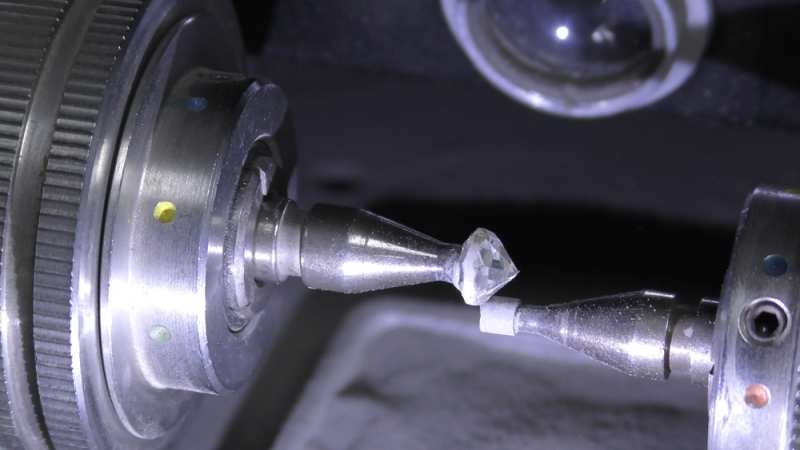
Deeper Dive Into A Diamond’s Cut
Diamonds are cut with the intention of maximizing their brilliance, fire, scintillation, and overall visual appeal. The cut of a diamond directly impacts its performance in reflecting light.
Various factors such as the location, angle, shape, and size of facets determine the sparkle of a diamond. After a diamond has been processed, experts can evaluate its cut quality. The Gemological Institute of America (GIA) precisely measures the sizes and angles of all the diamond’s facets to grade its cut.
Polish and symmetry also contribute to the overall cut grade. Each diamond shape has an ideal cut proportion, and gemologists can assist in identifying well-cut stones.
Here are the different grades on the cut scale:
Fair and Poor: These diamonds exhibit significant light leakage due to being cut too shallow or too deep. They have limited brilliance and are generally less visually appealing. We recommend avoiding diamonds in this category as they won’t provide a sparkling appearance.
Good: Diamonds with a “Good” cut grade capture light well and display a decent amount of sparkle. Some light leakage may be present, but overall, they shine brightly. These diamonds may have slightly different measurements compared to perfectly cut stones of the same shape, as they may be intentionally cut for a particular style. Careful evaluation by a professional is recommended before making a purchase.
Very Good: Very well-cut diamonds that maximize their potential for brilliance. They exhibit minimal light leakage and are highly brilliant. Diamond cutters often cut diamonds to achieve a Very Good grade to enhance other factors like clarity and color. This grade represents the top 15% of gem-quality diamonds and offers excellent value.
Excellent: The highest cut grade represents the finest quality diamonds. “Excellent” cut diamonds are meticulously crafted with precision to unleash their maximum sparkle and brilliance. These diamonds have minimal to no light leakage, resulting in exceptional light performance. They account for the top 3% of gem-quality diamonds. While Excellent cut diamonds come at a higher price, they are an excellent choice regardless of size and shape.
Advancements in manufacturing technology and cutting methods have led to an increase in Excellent cut diamonds available in the market.
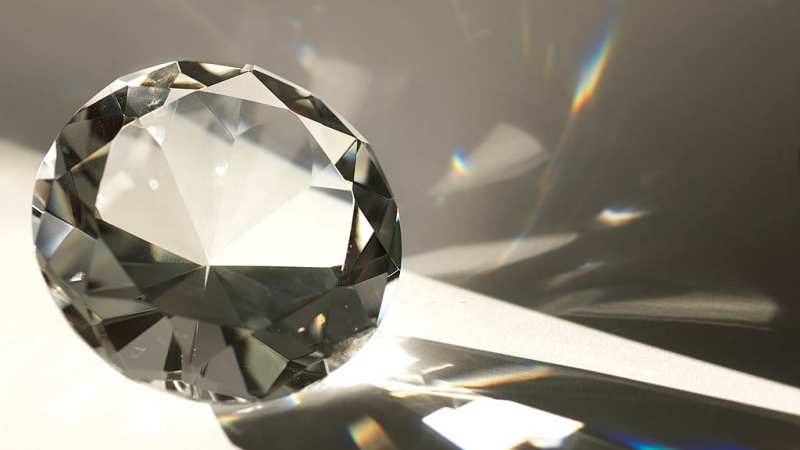
Light Performance
A diamond’s cut plays a crucial role in its light performance, which includes its brilliance, fire, and scintillation.
Brilliance, Fire, and Scintillation
The brilliance of a diamond refers to the amount of white light it reflects. Fire, on the other hand, refers to the colored light that is dispersed and reflected within the diamond. Scintillation is the pattern of light and dark areas created by the diamond’s facets as it moves.
Reflection
When a diamond is tilted and moved, light reflects off its facets’ surfaces. The balance of reflection is important as overly large or small facets can result in an unappealing appearance.
Refraction
Refraction occurs when light enters the diamond, bounces around within it, and exits through the top. Diamonds have a high refractive index, which contributes to their sparkling and shiny nature. Well-cut diamonds allow light to refract perfectly within the stone.
Dispersion
Dispersion refers to the phenomenon where light bends and separates into its component colors, creating a rainbow-like effect. Diamonds have a dispersion measurement of 0.44. This dispersion gives diamonds their unique beauty and distinguishes them from other gemstones.
Engagement Ring Choice
The exceptional brilliance, fire, and scintillation, along with the remarkable dispersion, make diamonds the preferred choice for engagement rings. The ability of diamonds to reflect and refract light in a captivating way sets them apart and enhances their beauty.
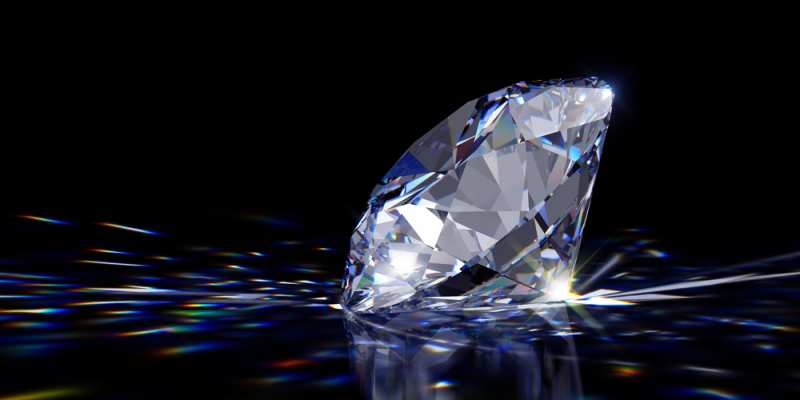
Finish: Polish, Symmetry, And Facets
The diamond’s cut grade, which affects its light performance, is influenced by additional factors such as polish, symmetry, and faceting.
Diamonds are commonly cut in two styles: brilliant cuts and step cuts.
Brilliant cuts, including round and Princess cut diamonds, maximize the diamond’s light performance by featuring numerous triangular and kite-shaped facets. These cuts exhibit high levels of sparkle and achieve maximum brilliance, fire, and scintillation.
Step cuts, such as emerald and Asscher cuts, offer a different type of beauty with a simpler presentation. While they may not reflect as much light as brilliant cuts due to their fewer facets, they excel in enhancing the diamond’s scintillation. Step cuts are often admired for their elegance.
When considering the type of sparkle desired in a diamond, it is important to evaluate the characteristics of brilliant cuts versus step cuts.
Polish and symmetry are two aspects of the diamond’s production process that impact its cut grade.
Polish refers to the smoothness of the facet surfaces. Minor striated polish marks can affect the diamond’s light performance and, consequently, its cut grade.
Symmetry relates to the precise shaping, sizing, and placement of facets. Incorrect facet placement, such as an off-center table facet, can diminish the diamond’s sparkle.
Both polish and symmetry contribute to the overall visual appeal and light performance of the diamond.
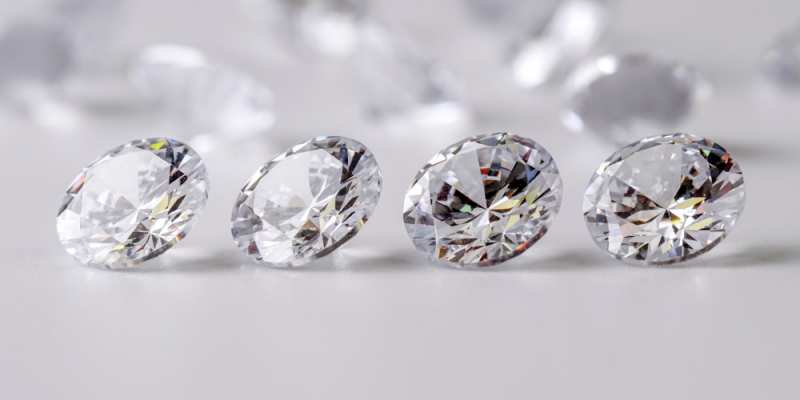
Pricing Effect
The cut grade of a diamond plays a significant role in determining its price, just like other factors.
Currently, there is a higher availability of Excellent cut diamonds in the market due to advancements in diamond manufacturing technology. This increased precision in cutting practices has led to a greater number of diamonds with excellent cut grades.
For round brilliant cut diamonds, an excellent cut grade may command a premium of 5% to 10% compared to a Very Good cut grade. Similarly, upgrading from a Very Good cut to a Good cut grade may also result in a price increase.
Fancy-shaped diamonds do not have specific cut grades assigned by the Gemological Institute of America (GIA) since their proportions can vary while still achieving optimal brilliance.
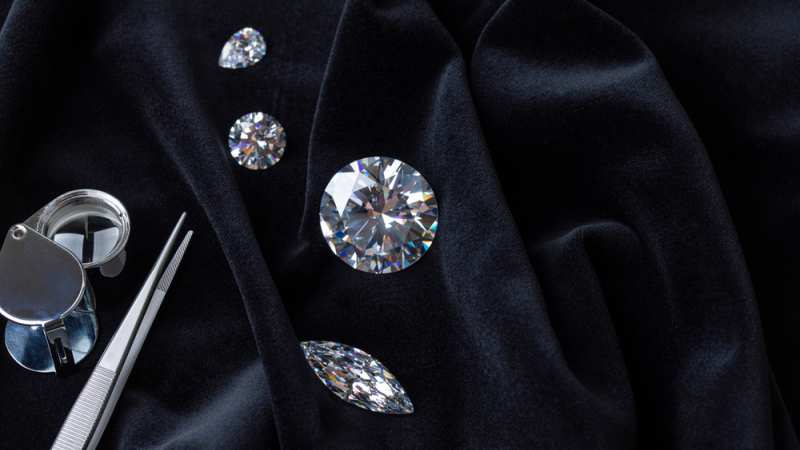
Selecting Cut Grade
The cut of a diamond is a crucial factor to consider when selecting a diamond. It is important to choose a diamond that does not have any light leakage.
Among the various cut grades, excellent cuts are considered the most premium, while Very Good cuts offer good value. Although the differences in brilliance and sparkle between these grades may be subtle, they become more noticeable when compared side by side.
If possible, it is generally recommended to prioritize maximizing the cut grade before considering other factors.
Fancy-shaped diamonds provide more flexibility as beauty is subjective. For non-round brilliant-cut diamonds, you can typically go a grade lower in the cut without compromising too much on appearance. However, it is important to note that excellent cut fancy-shaped diamonds are relatively rare.
Ultimately, the decision is yours, and it is important to consider that there are many other aspects of a diamond that can impact its appearance and value. It is best to determine which aspects and characteristics matter most to you.
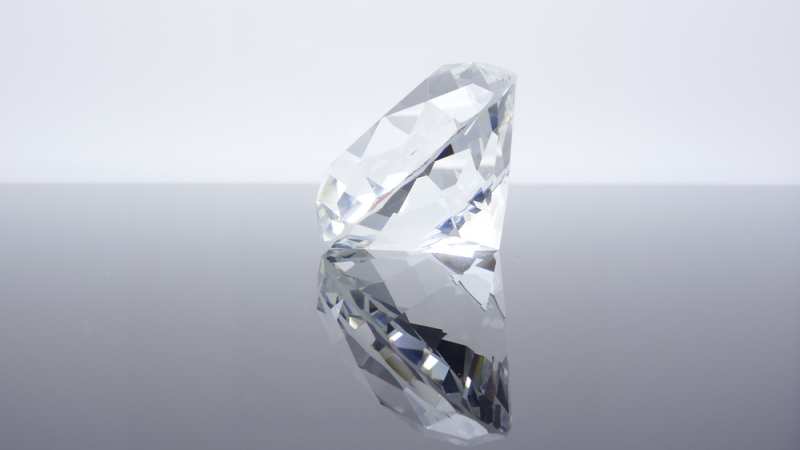
Can Light Impact Diamond Brilliance, Fire, And Scintillation?
Have you ever noticed how jewelry shops carefully arrange their lighting to enhance the brilliance, fire, and scintillation of diamonds?
This is because the type of light the diamond is exposed to is another crucial factor that affects its level of brilliance, fire, and scintillation.
Not all types of light are the same; they have different characteristics that can impact specific aspects of the diamond. By using a combination of light sources, the beauty of the diamond can be maximized.
For instance, a direct beam of incandescent light can bring out the diamond’s fire by suppressing the white light and emphasizing the colored sparkle. On the other hand, diffused fluorescent lighting can enhance the diamond’s brilliance by allowing light to enter the stone from various angles.
It’s important to note that the lighting in jewelry stores can make a diamond appear more brilliant and sparkly than it would under natural daylight. Therefore, before making a purchase, it is recommended to observe the diamond under natural light to get a true representation of its appearance.
By examining the diamond in different lighting conditions, you can make a more informed decision and ensure that you choose a diamond that exhibits the desired level of brilliance, fire, and scintillation.
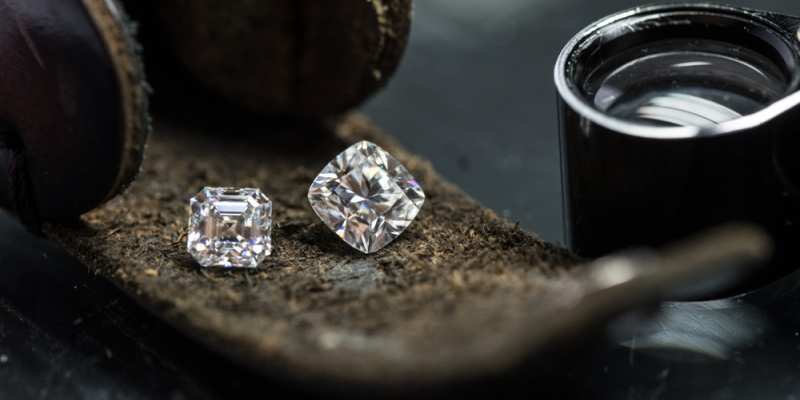
How Clarity Impacts Diamond Brilliance, Fire, And Scintillation?
The clarity of a diamond has a direct impact on its brilliance, fire, and scintillation.
Although clarity is a physical characteristic of a diamond, the presence of inclusions can diminish the optical effects that contribute to its brilliance, fire, and scintillation.
When a diamond has large or numerous inclusions, they can obstruct the proper reflection and refraction of light within the stone. As a result, a diamond with a high number of inclusions will appear dull, regardless of its cut quality.
While brilliance, fire, and scintillation are often used as indicators of the diamond’s cut quality, they also serve as indicators of its clarity. The presence and visibility of inclusions can significantly impact the diamond’s overall visual performance, affecting the quality of its brilliance, fire, and scintillation.
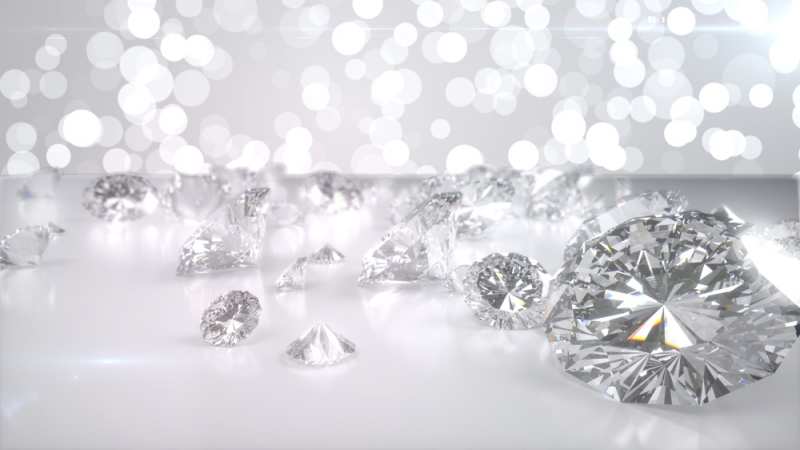
Conclusion
What exactly is diamond scintillation?
Diamond scintillation refers to the captivating flashes of light that occur as you move the diamond, with the light reflecting from various facets towards the center of the gem.
However, scintillation is not the sole factor that contributes to a diamond’s light performance. Brilliance and fire are also important aspects, and the combination of these three factors is what gives diamonds their distinctiveness and beauty.
The cut of a diamond plays a crucial role in maximizing its brilliance, fire, and scintillation. The higher the cut grade of a diamond, the better its light performance will be.
If you desire a diamond that exhibits exceptional brilliance, fire, and scintillation, it is essential to prioritize diamonds with the highest possible cut grade.


